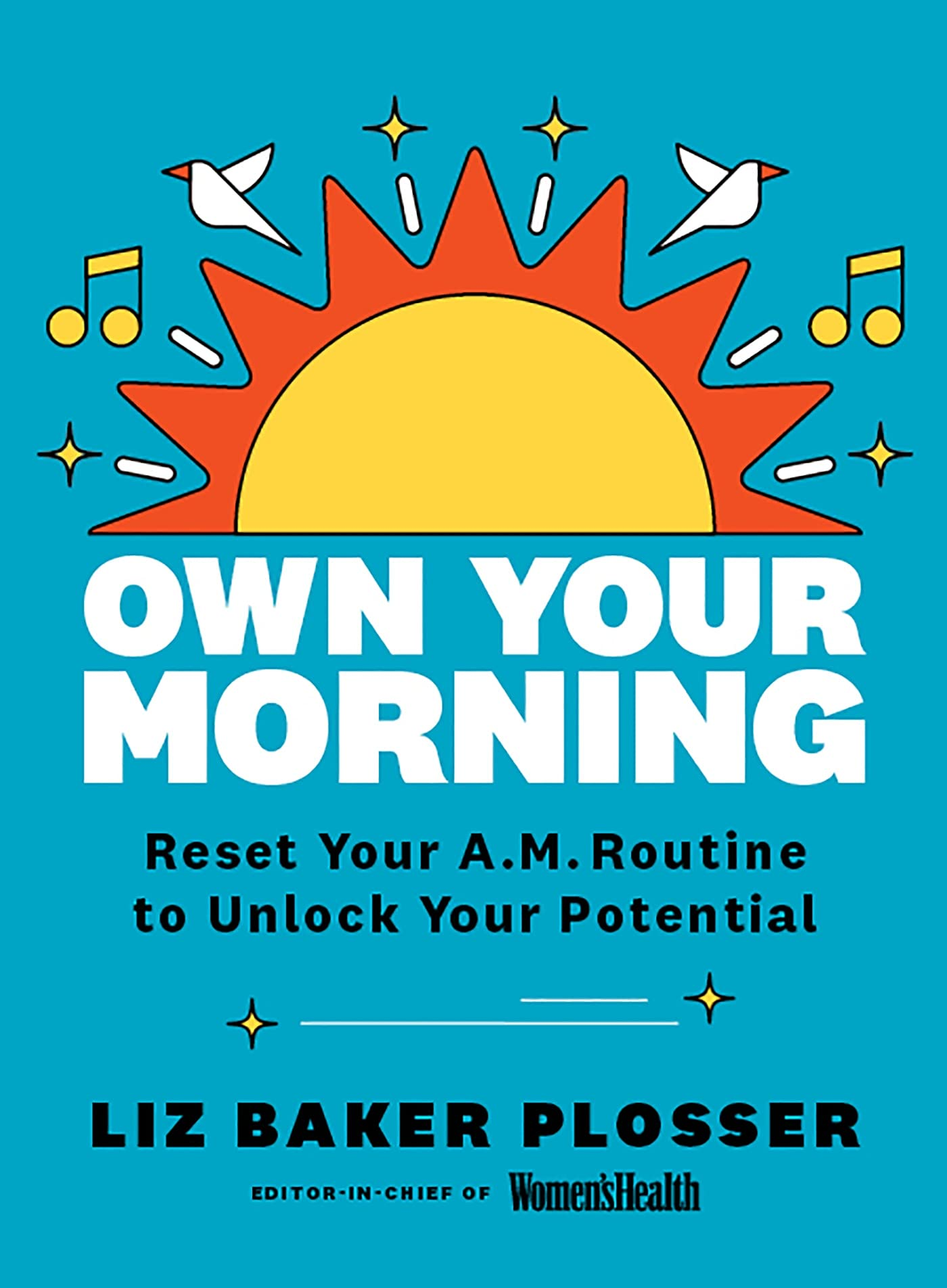Social bonds are essential to mental and emotional health, and there are myriad effective, easy ways to inject those important connector vibes into your life. Ready for more of that good stuff? Same here. Okay, quick, right now: Send a short text telling someone you love that you are thinking about them. Feels good, yeah? Now, let’s explore how connecting with your network is so important.
HOW TO CREATE CONNECTION 24/7
Willa is the Bernese mountain dog puppy we adopted in December 2020. I didn’t think my heart could get fuller (it did), or my home more chaotic (also yes). My mornings with her gave me a new POV on friends and family: exhausting, but joy-inducing beyond measure.
CHALLENGE: TOUCH BASE WITH SOMEONE FAR AWAY OPPORTUNITY
OPPORTUNITY: Sending a text with “I’m thinking about you. Have a wonderful day!” is a tiny action with big impact. Keep it simple and short. Doing something kind for another person not only makes them feel good but also elevates your own mood. Another idea: multitask. “I call my sister for a quick check-in chat while I’m walking my dog every morning,” says life coach Judy Goldberg. Win-win.
CHALLENGE: CREATE A SWEET MOMENT WITH YOUR PARTNER IN THE MIDST OF RUSH HOUR
OPPORTUNITY: Understanding how your romantic partner wants to be shown affection is half the victory. Maybe bringing a piping-hot mug of coffee into the bedroom for them would melt their tired heart. (It certainly would make mine sing!) Or perhaps it’s about writing them a quick one-sentence note and tucking it into their bag so they find it later. Something like this: “I appreciate you! XOXO.” Bonus: Gratitude (a.k.a. thankfulness) has been scientifically shown to boost your own mood and even impact your immunity in some cases. You know what would make your partner feel tingly and loved. Do that.
CHALLENGE: SHOW AFFECTION WHEN THERE’S NO TIME FOR SNUGGLES
OPPORTUNITY: A quick kiss, a gentle squeeze, a big hug as your kiddo boards the school bus. I’m always on the hunt for these hidden moments…opportunities to sneak in a turbo version of a lazy Sunday morning cuddle sesh. Cool thing: Positive vibes are contagious (in a good way!), according to studies.
CHALLENGE: ASK FOR HELP
OPPORTUNITY: When things are crazy, I ask the universe for a solid. “Please help me through this,” I offer up to a nebulous higher power. (You don’t have to identify as religious to do this.) Articulating a struggle helps me pivot in a positive direction. On a granular level, specify how those around you could help, like: “I’m feeling stir-crazy, any chance you have time for a morning walk?” to a friend. Or “I’m so stressed about a presentation; could you handle this staff meeting for me?” to a coworker.
CHALLENGE: REIMAGINE A ROUGH PATCH AS A BONDING OPPORTUNITY
OPPORTUNITY: Sometimes frustrating things just happen. You spill coffee down your shirt. You can’t find your kid’s show-and-tell object. You miss the bus. There’s a traffic jam. On these days, I like to “clear the air” when I begin to interact with the outside world. For example, the NYC subway stops underground for 30 minutes, making me late to a morning meeting. I will enter the room and say (as calmly as possible), “I apologize for being late; I had some commuting drama.” Acknowledging a tough moment without dragging everyone down into your basement of frazzle allows colleagues or household members to understand (and in almost every case, sympathize with!) why your energy may feel a little off… and it helps propel you all forward in a different direction. Being vulnerable and authentic (and, in the process, a lot more relatable) is highly underrated.
CHALLENGE: CONNECT ON A “DEEP” LEVEL WHEN TIME IS SHORT
OPPORTUNITY: “The way we communicate and the words we use create energy,” says Shetty, who is a big fan of upping your emotional vocabulary. “Most of us, when asked how we’re doing, describe our life in four words: okay, good, bad, fine.” But a Harvard study found that using a limited number of words to communicate prevents us from diagnosing and expressing how we truly feel.
“We feel less understood by ourselves and by others, which makes us feel really disconnected from ourselves,” explains Shetty. Challenge yourself to use more descriptive words—what psychologists call “labeling”—and encourage people you communicate with (colleagues, kids, friends, partners) to do the same. My kindergartner practices this life skill at the start of each school day with his teacher and classmates!
There is a colorfully comprehensive and helpful list of language developed by Harvard Medical School psychologist Susan David, PhD, author of Emotional Agility. You can find it by Googling “Harvard emotions list,” and you’ll be well on your way to developing deeper relationships.
CREATE FUN COMMUNICATION SHORTCUTS
Clear, unambiguous interactions take a load off the brain, so Emily Anhalt, PsyD, cofounder of Coa, a mental fitness community, recommends establishing an emoji code with your friends or coworkers. A few ideas, below!
CACTUS
It could signal a prickly subject that requires some extra tact and care.
BIG EYES
Maybe on your work team it’s a nod: “I see how hard you’re working.”
BOLT
You could use it to convey excitement, as in, “love that idea.”
LIGHTBULB
When a topic needs brainstorming, from dinner takeout to a business decision.
CHART
We’re off to a strong start, but keep pushing: onward and upward!



